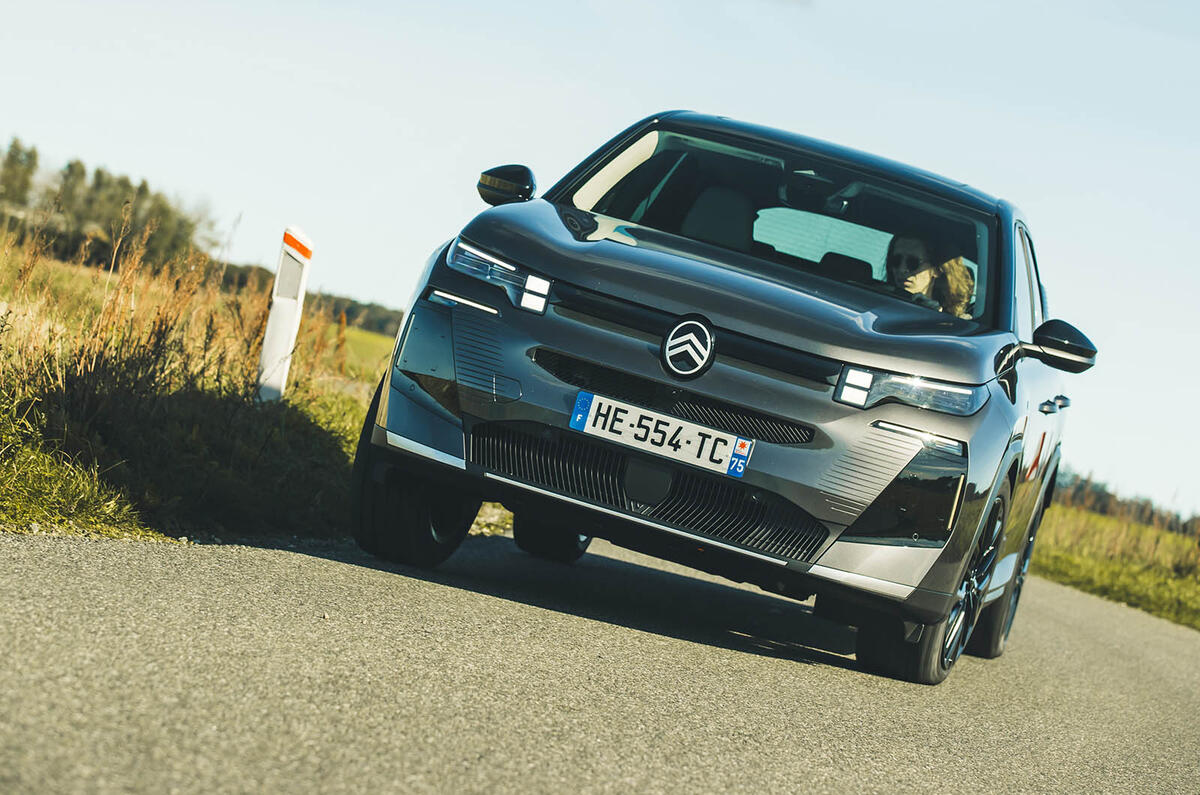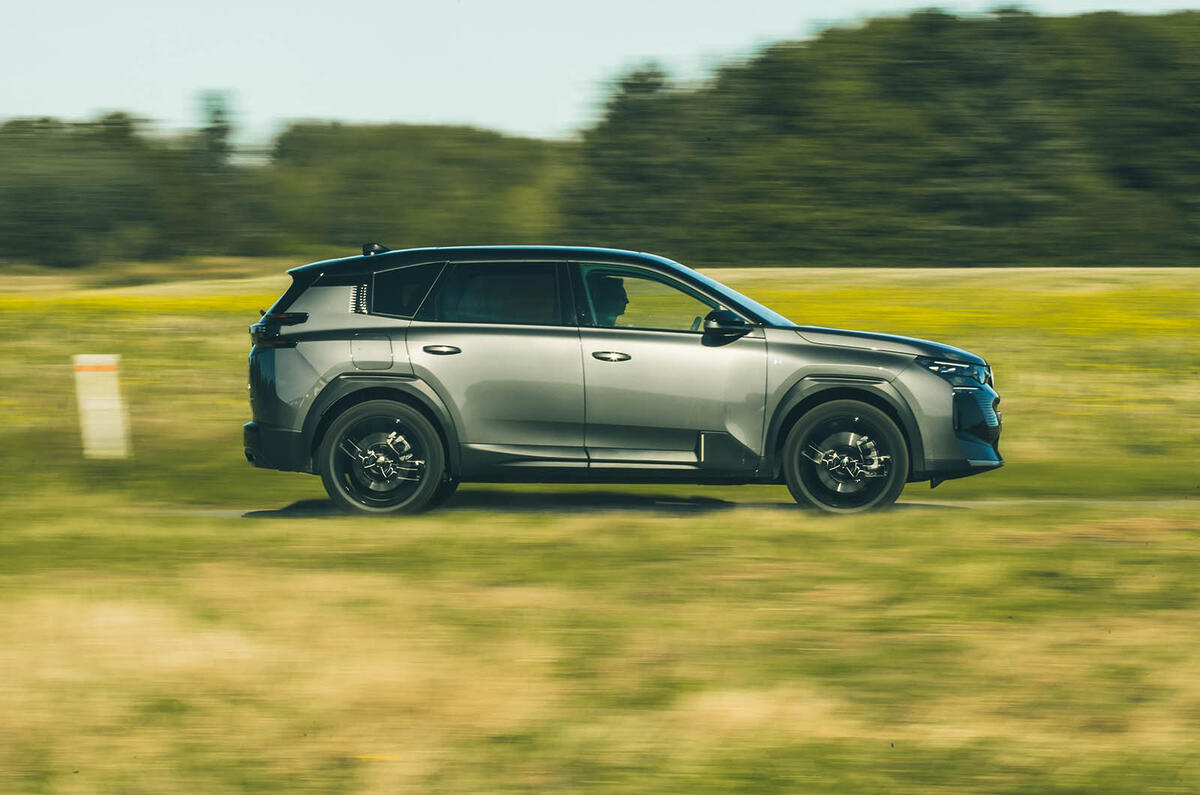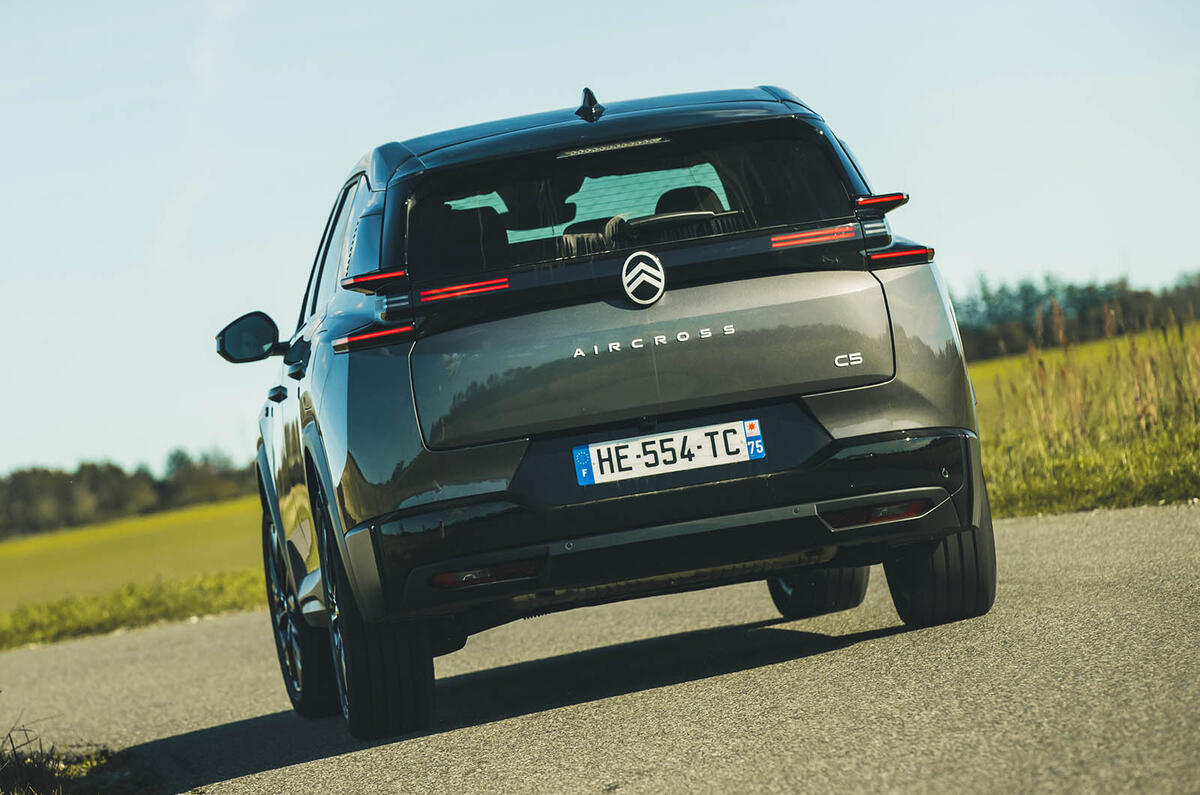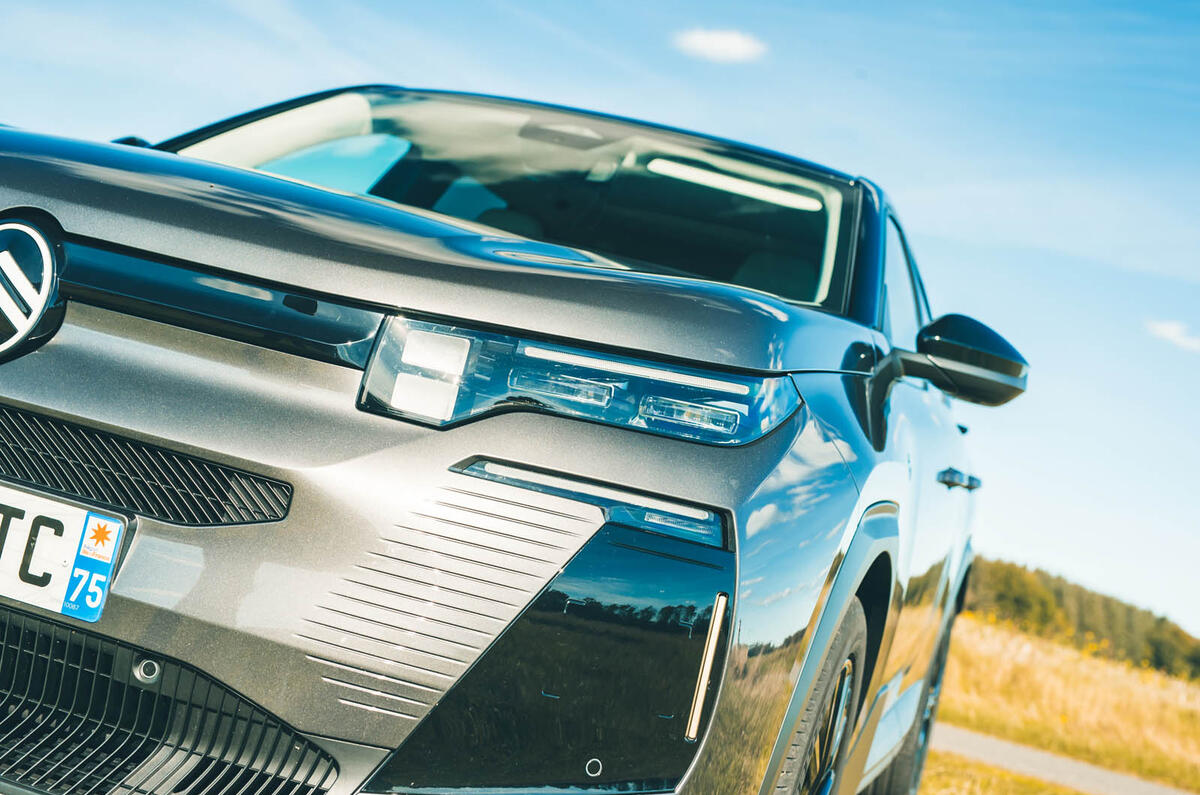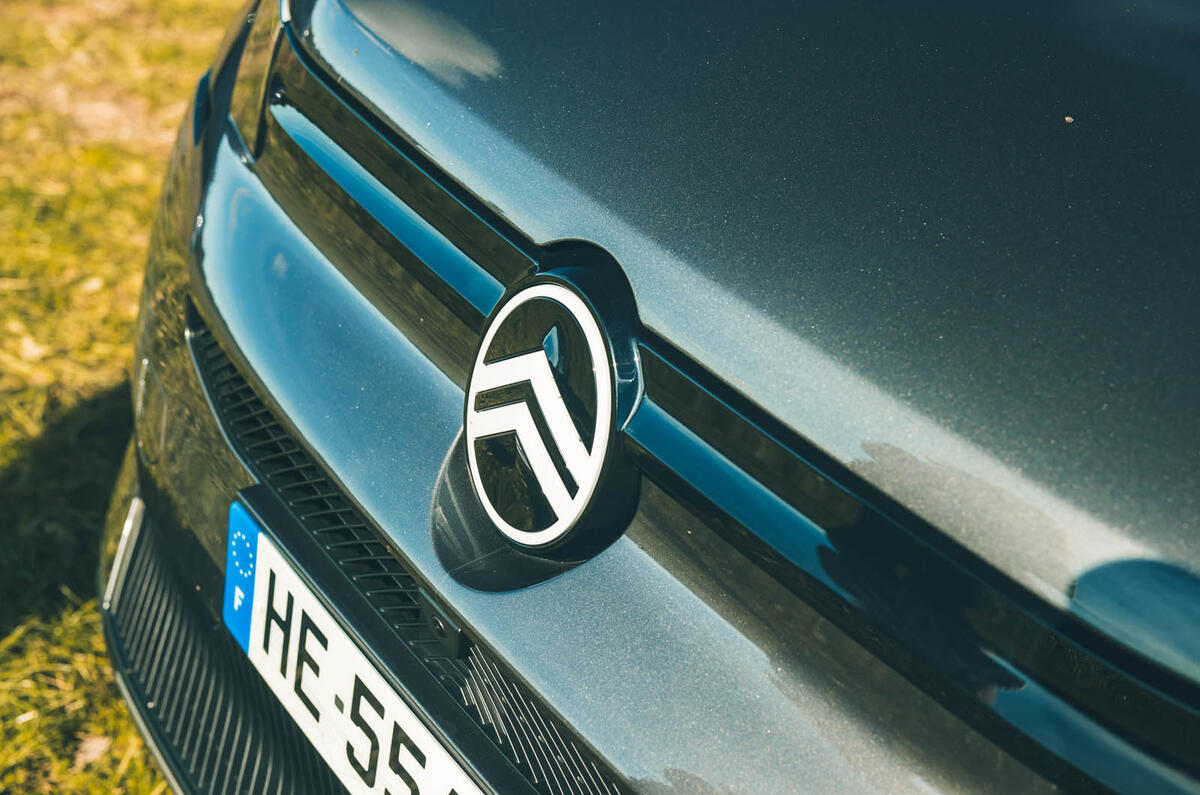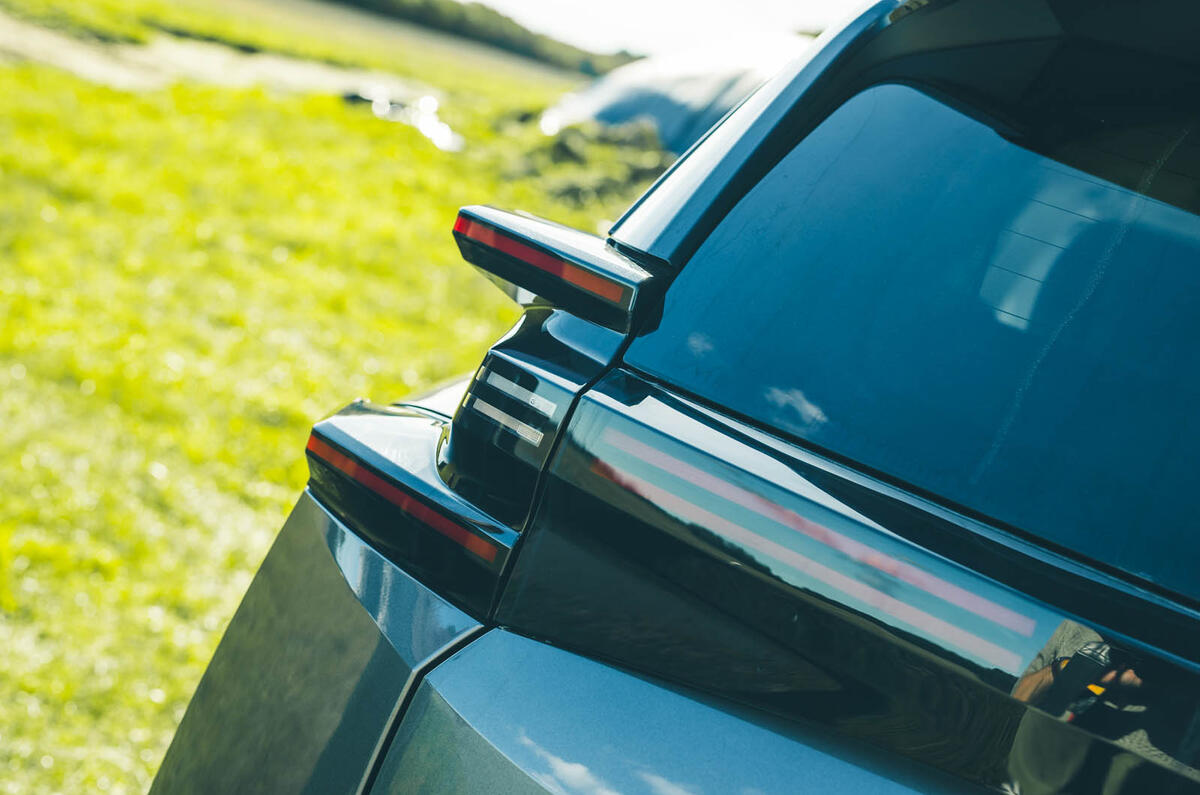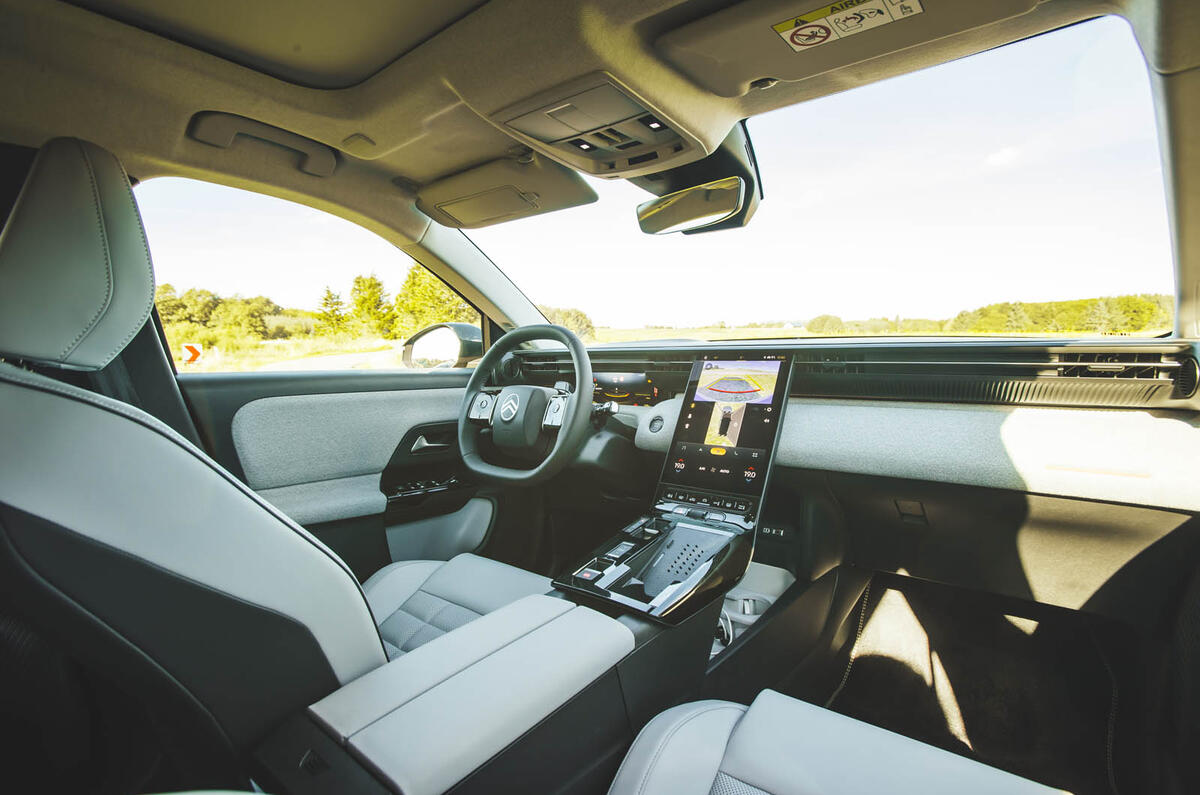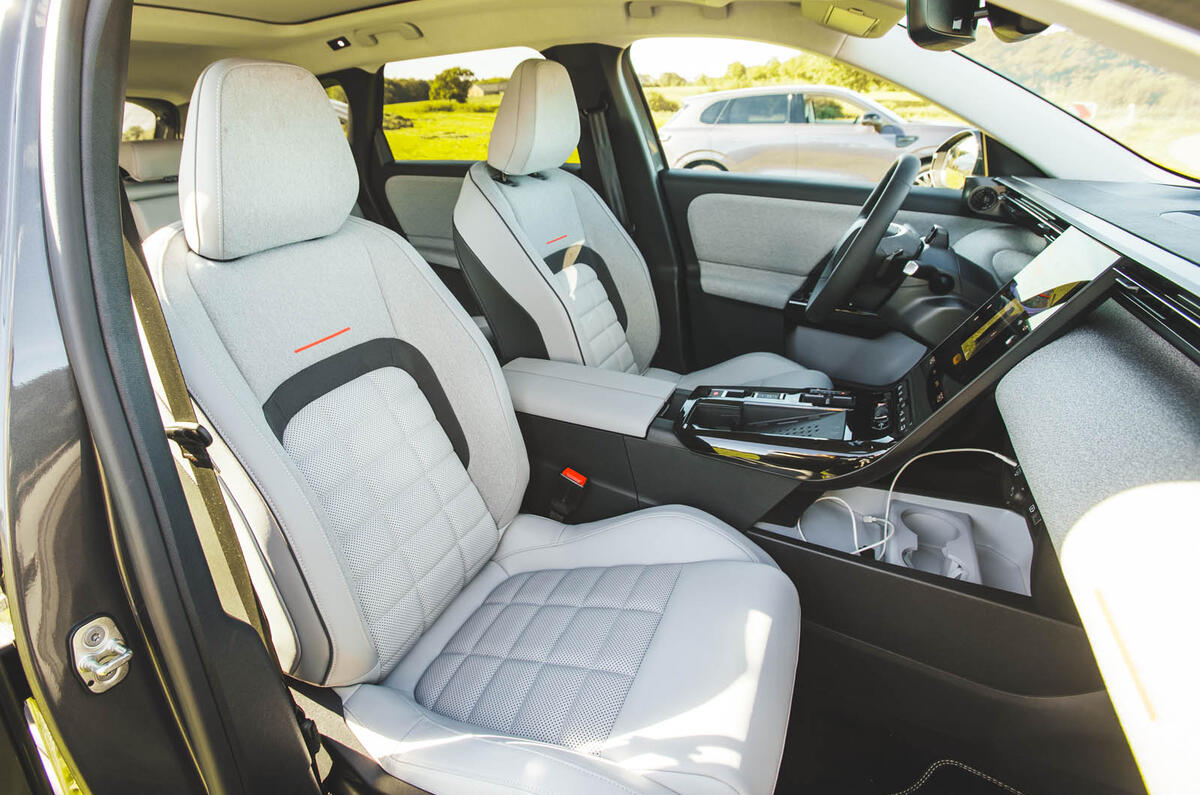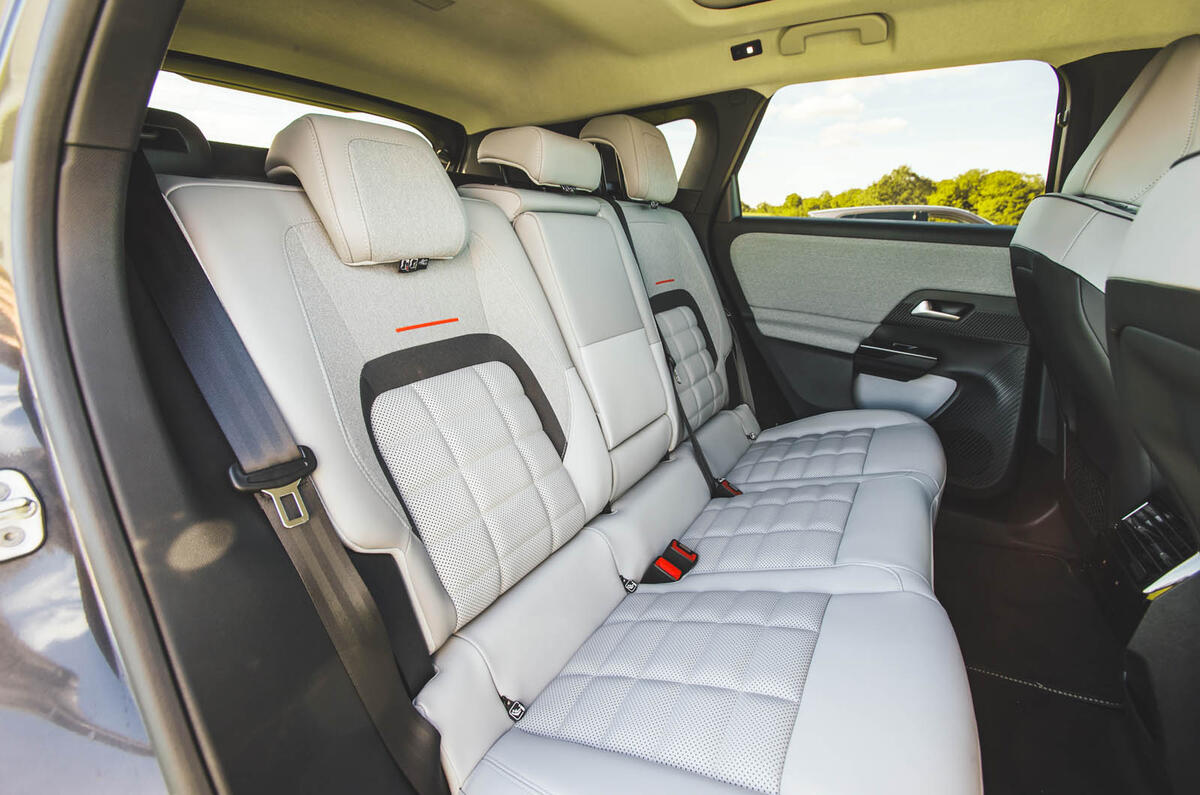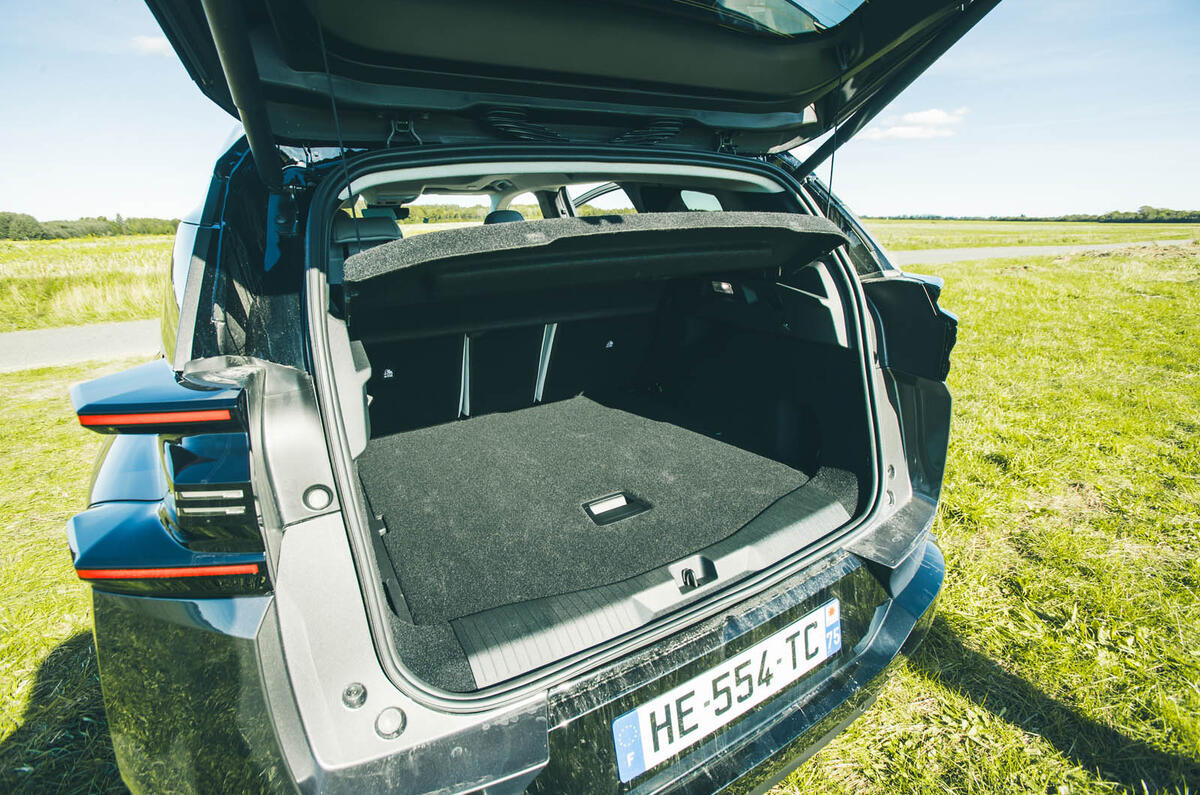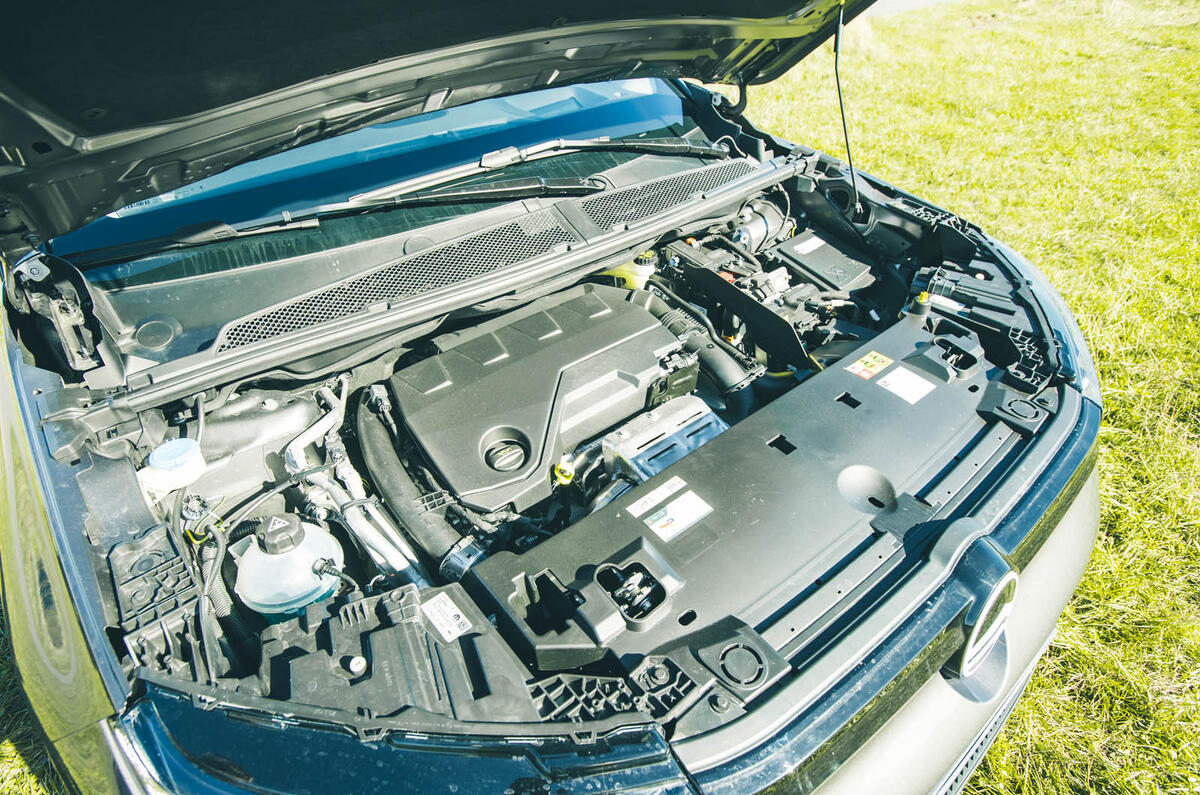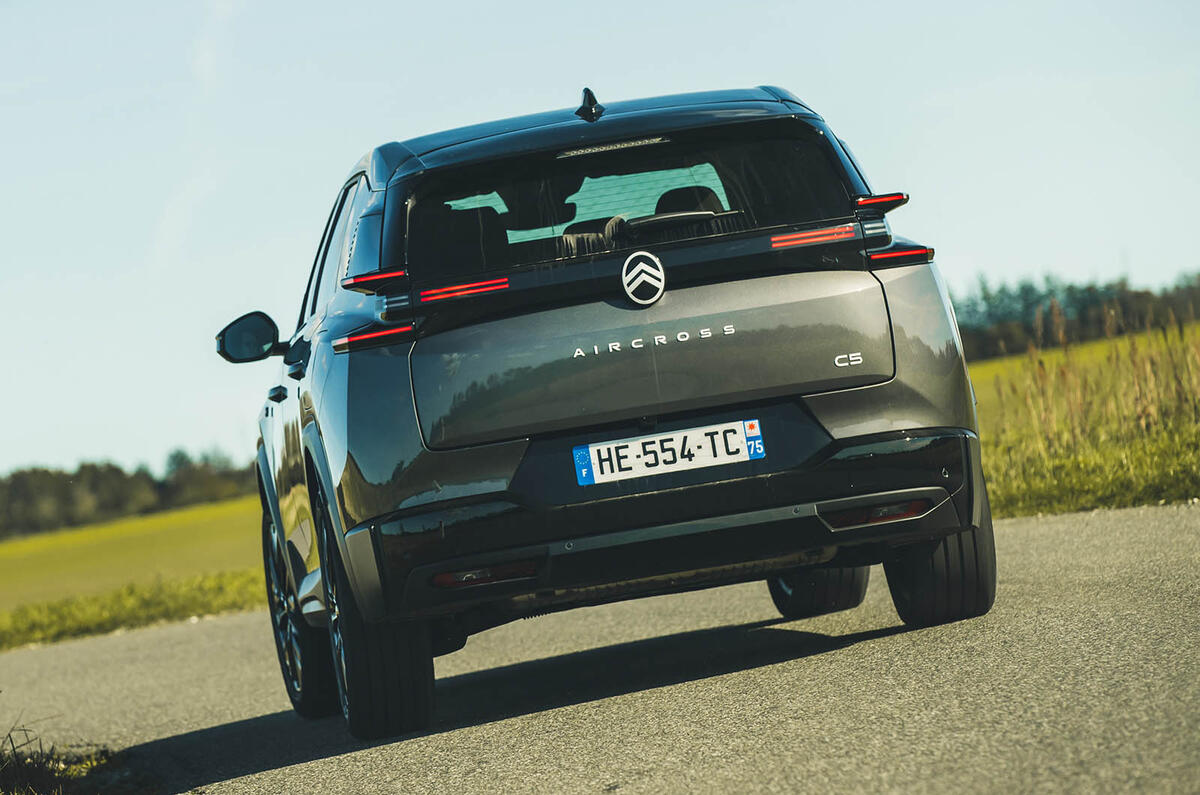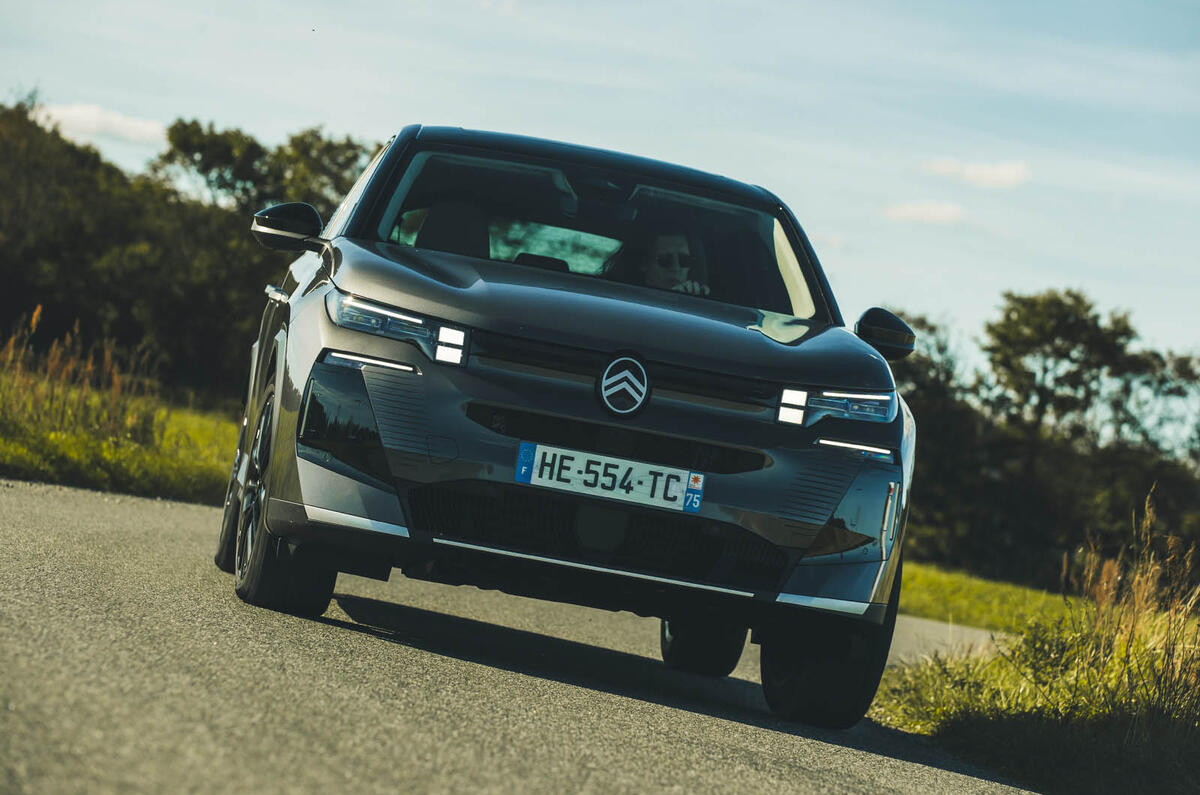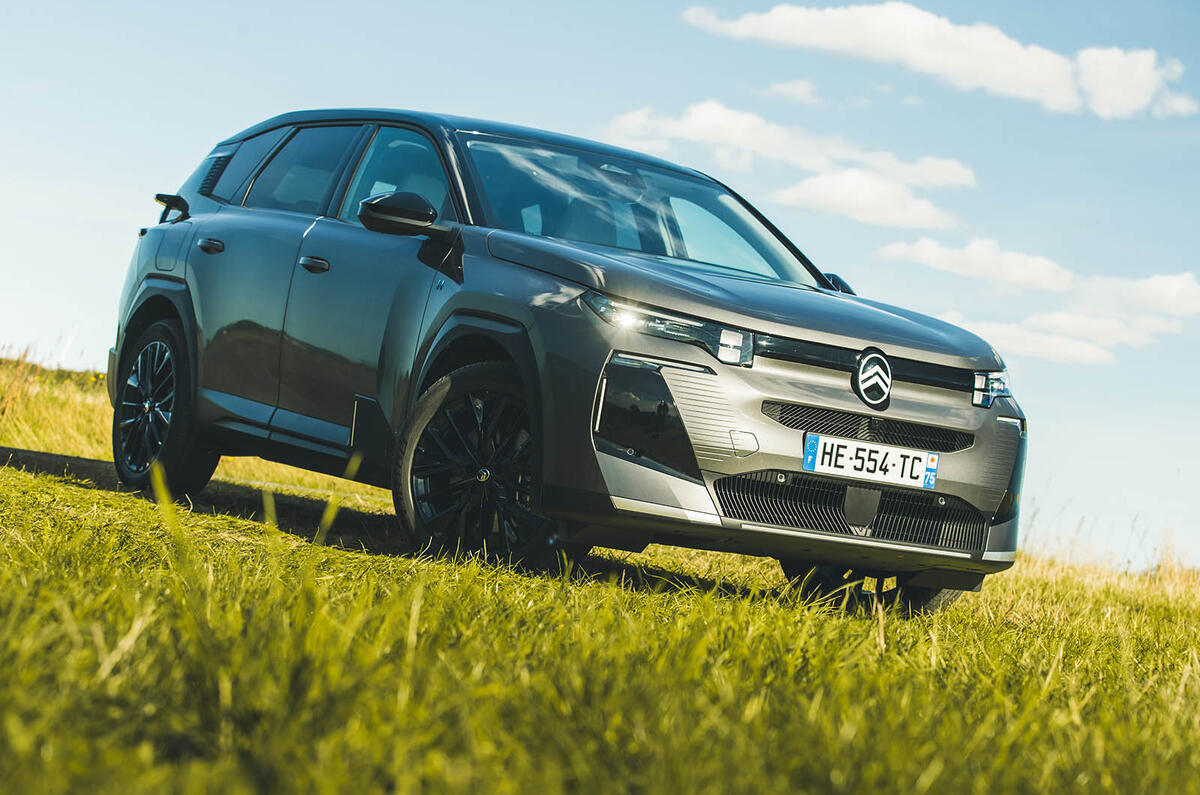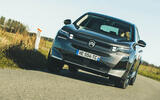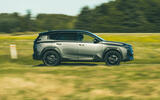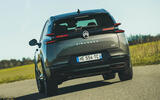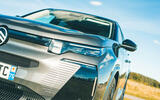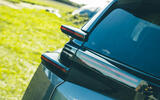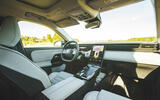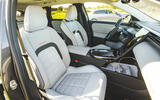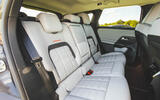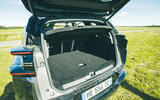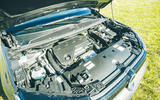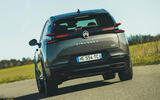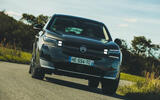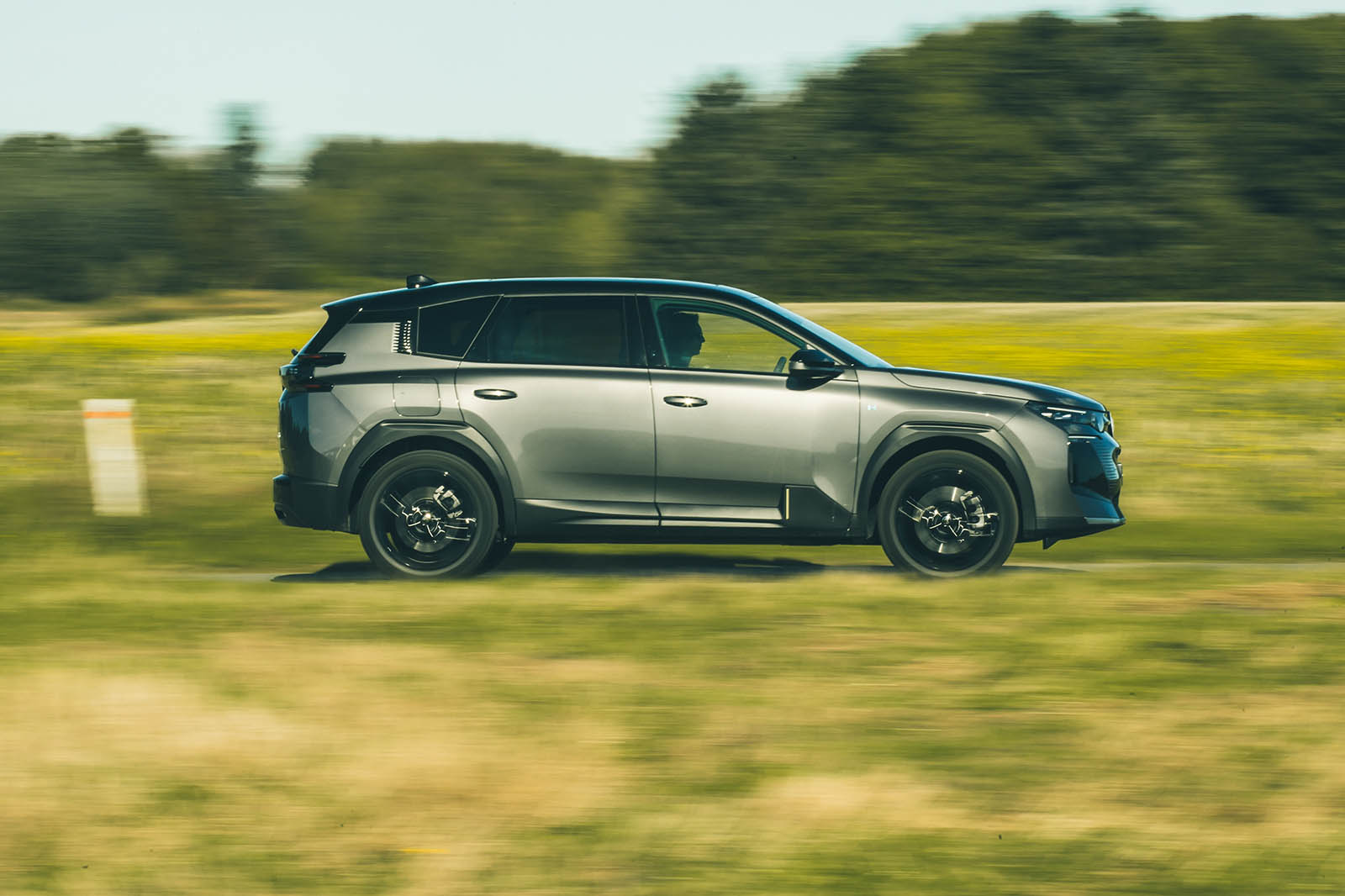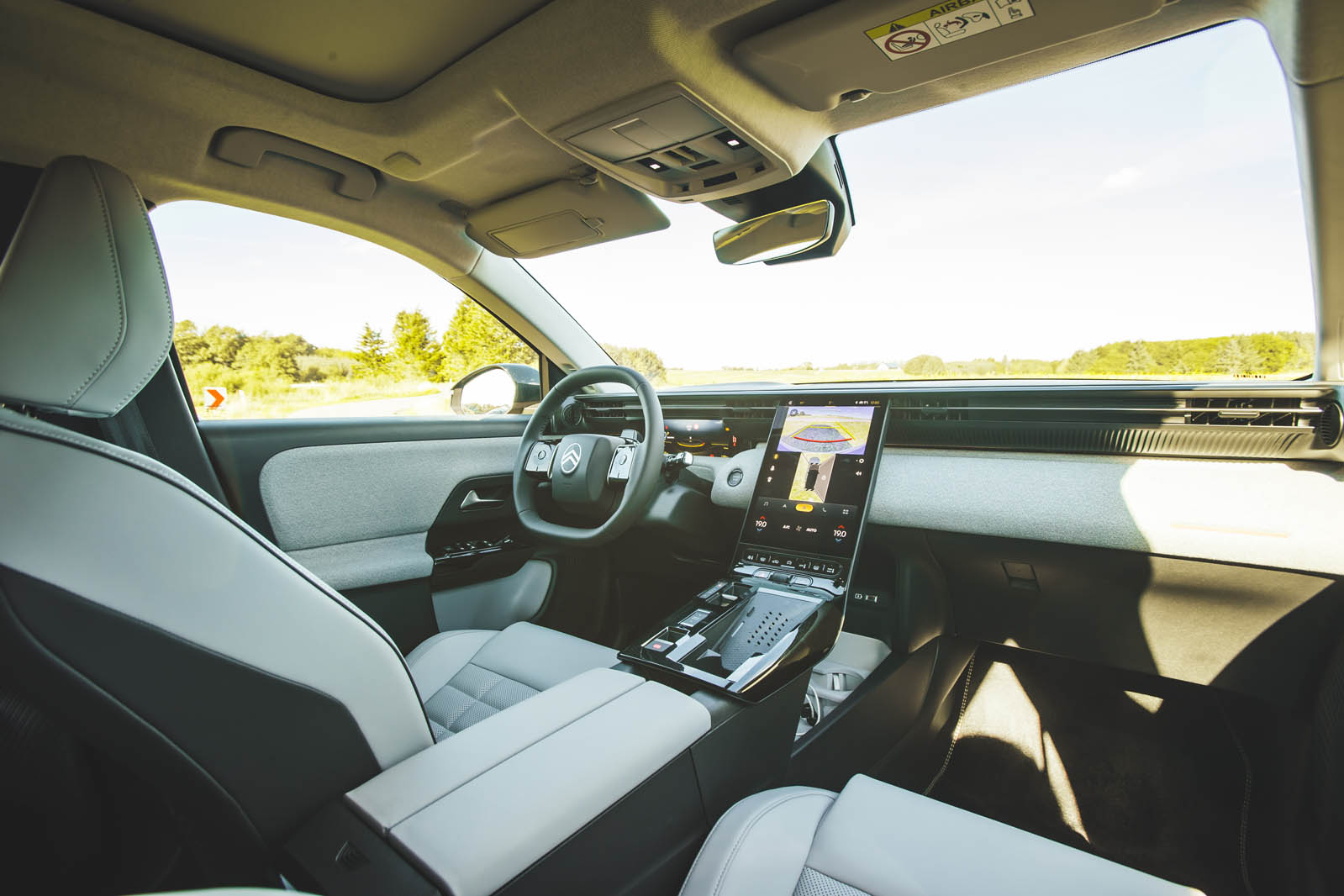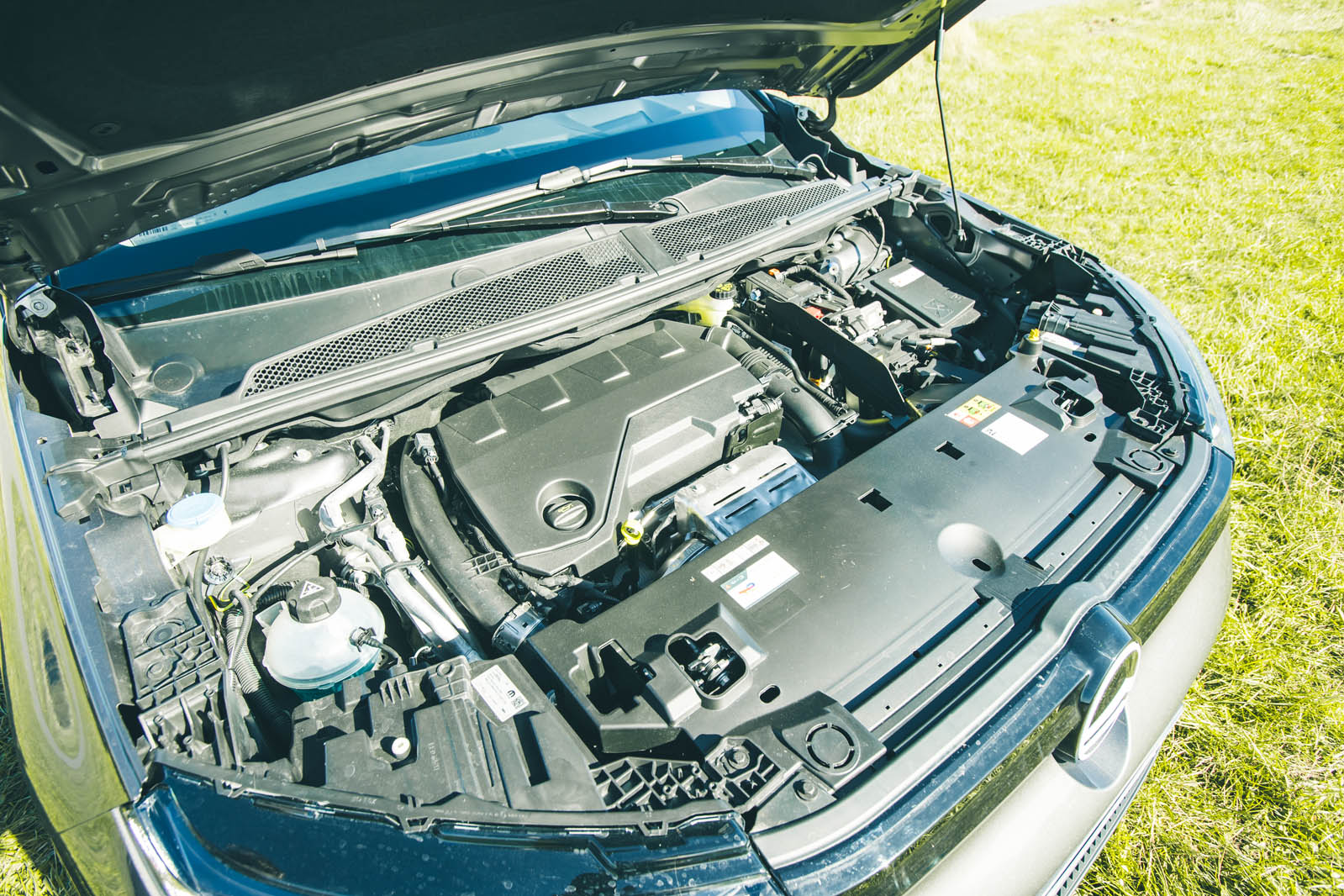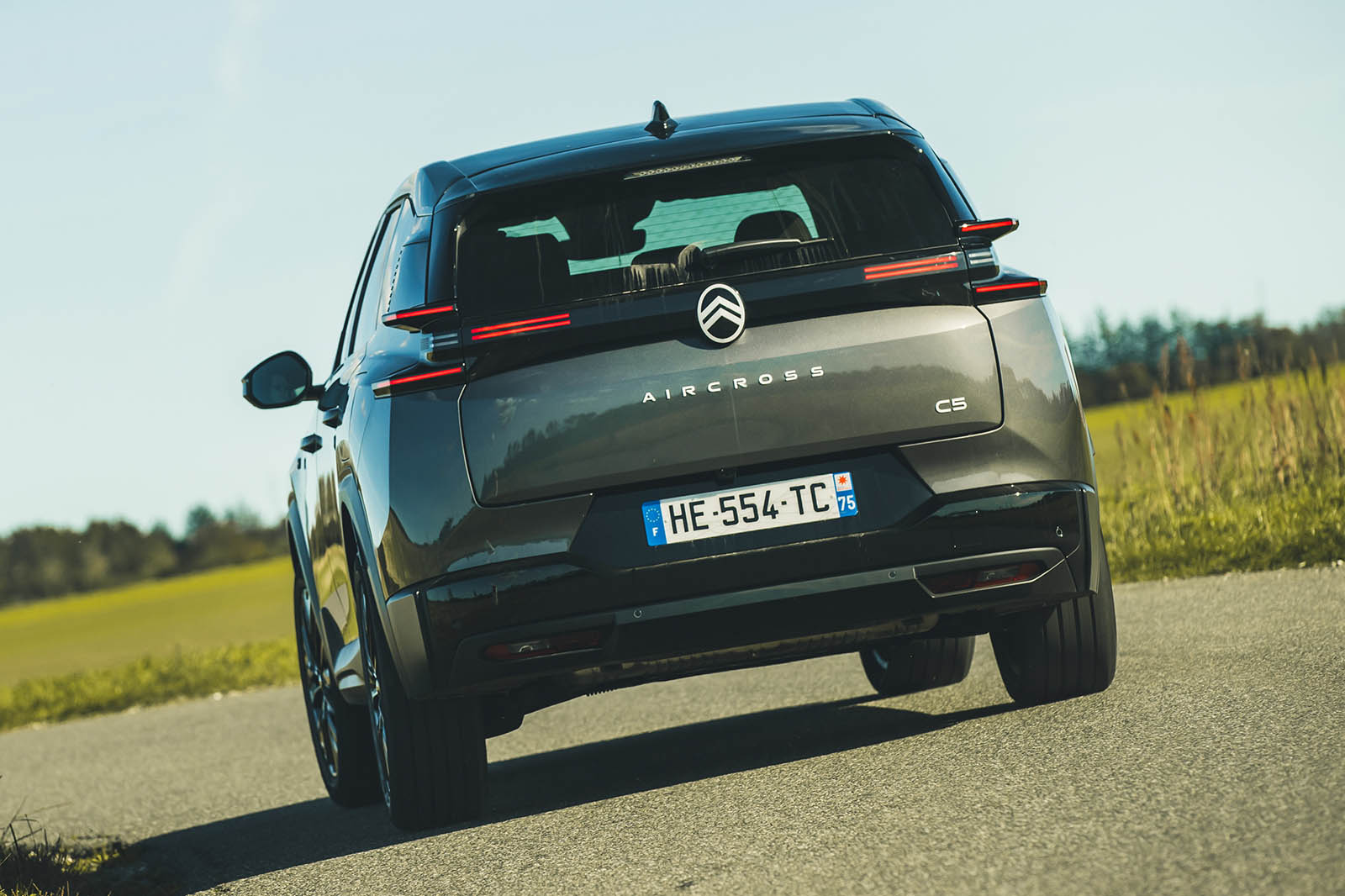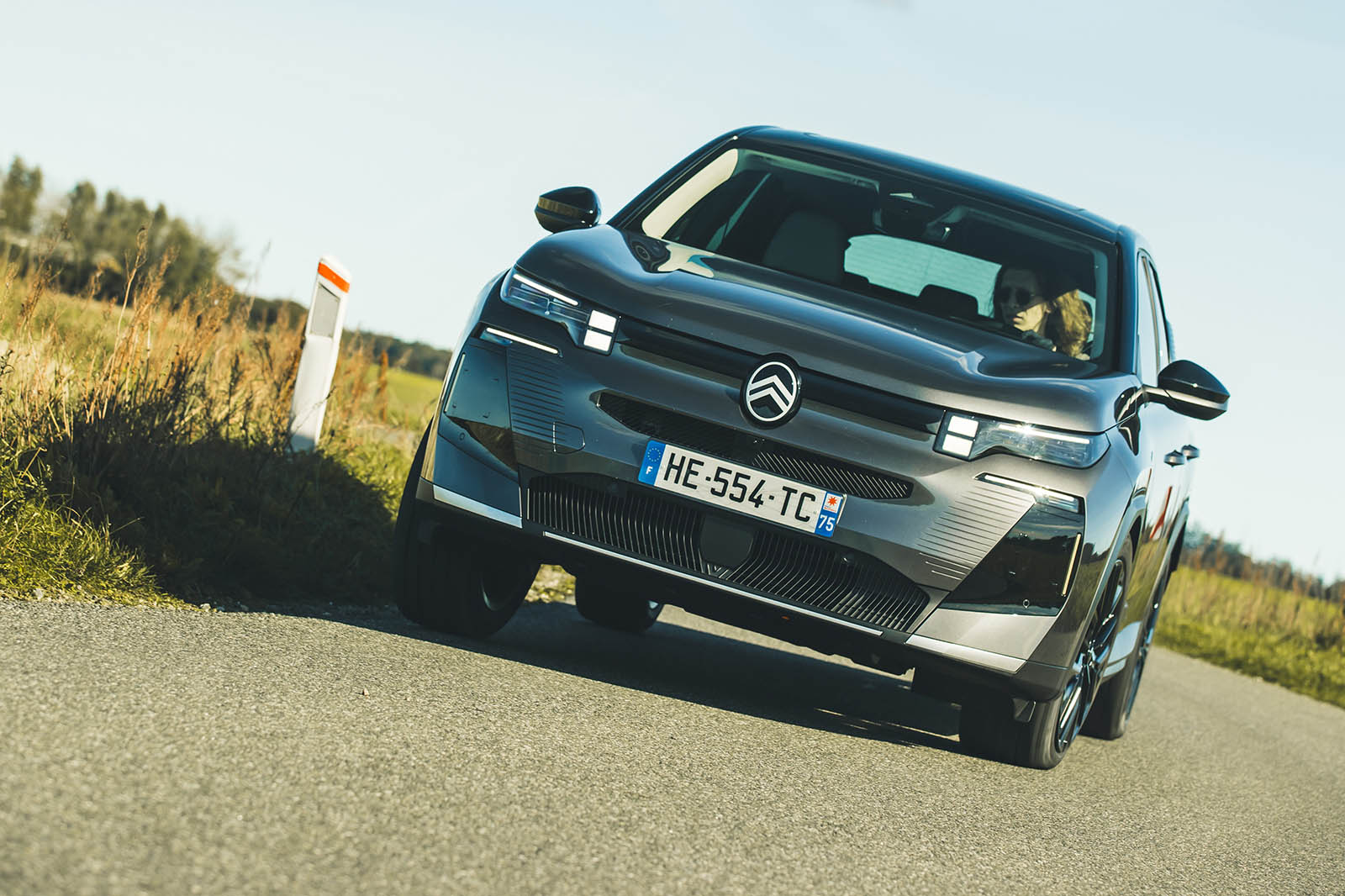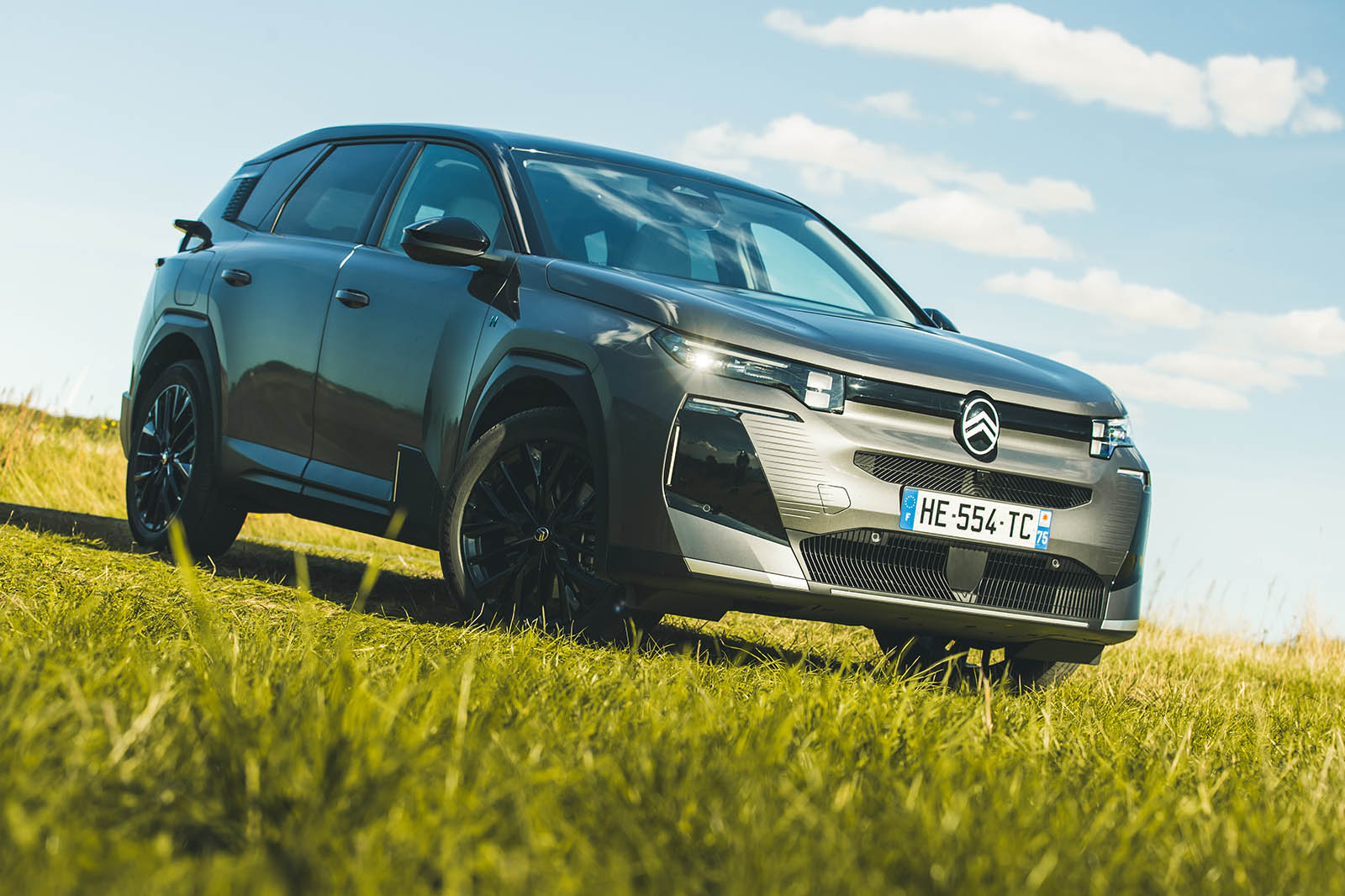There are two different hybrid powertrains offered in the C5 Aircross, one conventional and one plug-in.
The PHEV features a 1.6-litre petrol engine, a seven-speed dual-clutch automatic gearbox, a 123bhp electric motor and a 18kWh battery. Combined peak power is 192bhp and a real-world electric range of around 45 miles can be achieved.
This is a new system to the Stellantis group and will be rolled out across the majority of its brands, and that ubiquity of its future operation is why it's our initial focus here, despite the fact the PHEV is expected to sell the fewest of the C5 Aircross range.
This new powertrain lacks refinement across its working range, but while you can feel plenty of other things going on in its NVH levels, the way it slips between electric and electric and petrol power isn’t one of them.
Only a sudden stamp on the accelerator can throw it in this key regard and reveal any major jerkiness, as otherwise driven normally and at normal speeds it’s a substantial enough system with good performance levels for a car of the C5 Aircross’s size and type.
Therefore it's a shame that it sounds and feels so crude; if this is the powertrain to replace diesel in the C5 Aircross line-up, it does quite a good impression of one in some ways still.
The conventional hybrid, with 143bhp, uses a 1.2-litre three-cylinder petrol engine, a 28bhp electric motor and a 0.9kWh battery.
It sounds like it’s being thrashed even harder and can make the car feel underpowered. This engine does its best work around town where it is quieter and calmer, and able to run only on electric power.
Still, the general crudeness of this expected best-selling powertrain serves as a good advert for the quietness and greater refinement of an all-electric drivetrain.
The ë-C5 Aircross is an electric car that uses a single front-mounted 211bhp motor and a 74kWh battery. Its official range is 322 miles and I got an indicated 270 miles on our test roads.
A longer-range model using a 227bhp front motor mated to a 97kWh battery pack for a 421-mile range will be available to order soon ahead of deliveries earlier next year.
The EV feels brisker and more easy-going than either hybrid and, with fewer moving parts, smoother too. There are none of the refinement issues, so although it makes the car feel even more one-dimensional, it removes a negative. It’s the one we would go for.
A four-wheel-drive version of the ë-C5 Aircross using two electric motors is possible on the platform and is under consideration, although it hasn’t been confirmed for launch yet.



